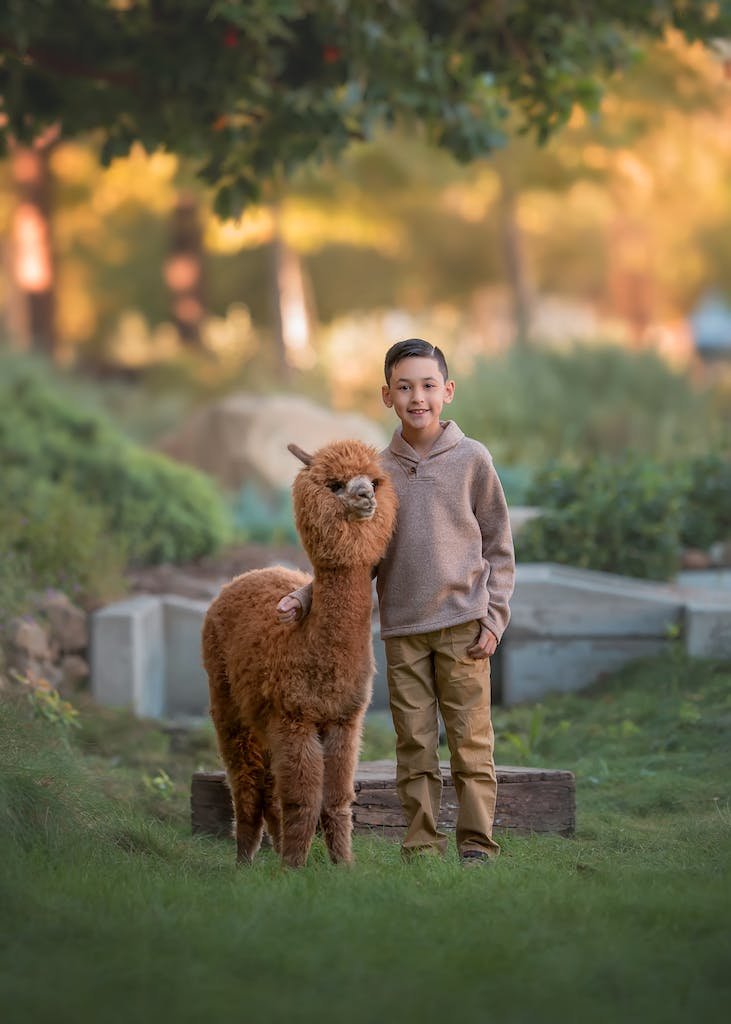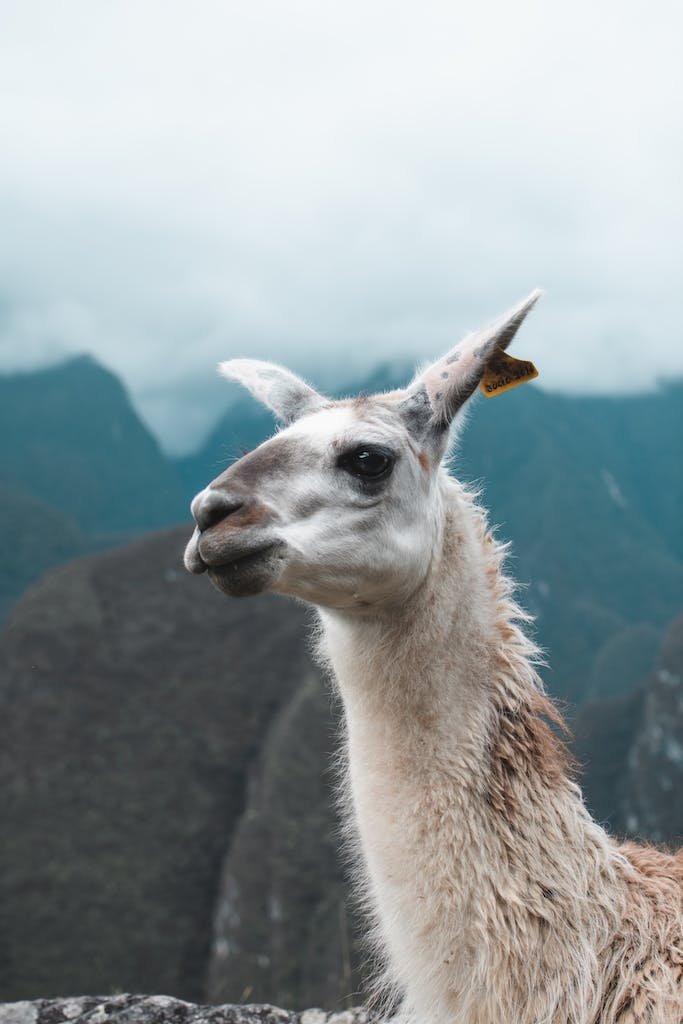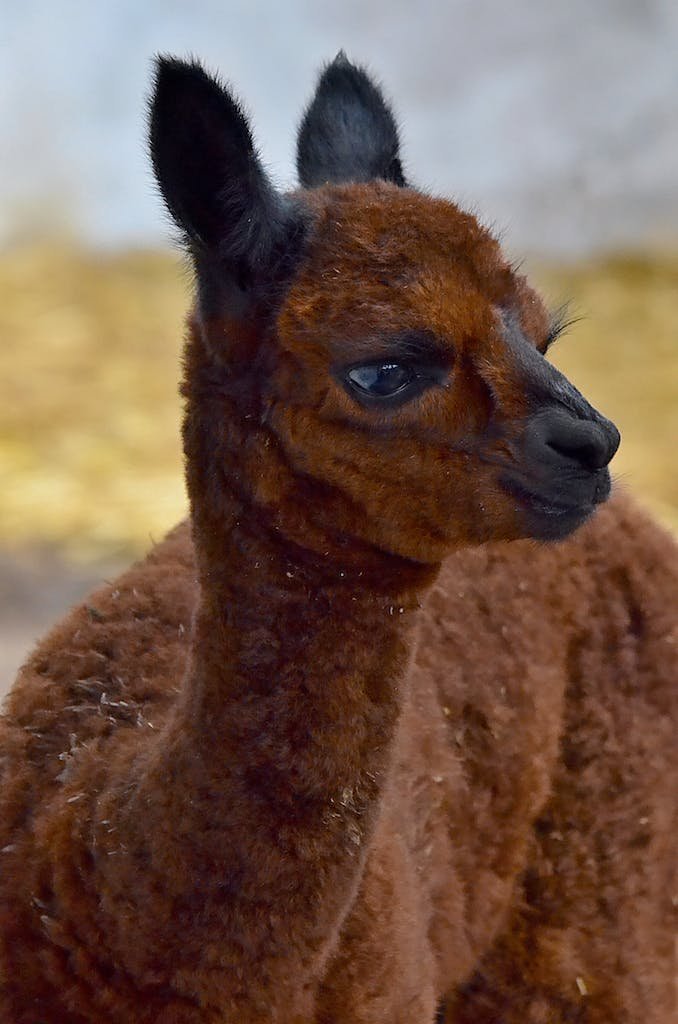
Frequently Asked Questions About Alpacas
Alpacas are captivating animals native to the Andean mountain regions of South America. Over the years, they have become increasingly popular among farmers, hobbyists, and animal lovers worldwide.
Their gentle temperament, eco-friendly grazing habits, and fluffy fleece make them particularly appealing. When considering alpaca ownership or simply aiming to understand these animals better, individuals often have many questions about alpaca care, behavior, and benefits.
List of FAQ
They are members of the camelid family and are often mistaken for llamas. However, alpacas are distinctly different in size, purpose, and temperament. They boast a diverse range of colors, with their fleece coming in 22 recognized colors from white to black and many shades in between. The alpaca’s soft and hypoallergenic fleece has been highly prized for centuries, and it continues to be a valuable commodity in the textile industry.
Caring for alpacas requires a certain level of knowledge and commitment. Potential keepers inquire about the best practices for feeding, housing, and breeding to maintain a healthy herd. They also express curiosity about the animals’ social dynamics, lifespan, and the challenges one might face when raising them. Through understanding these frequently asked questions, individuals can make informed decisions whether engaging with alpacas as a business venture or as companion animals.
Why Alpacas?
Alpacas are a popular choice for farming and companionship due to several appealing characteristics. They are domesticated members of the camelid family, closely related to the llama. People raise alpacas primarily for their luxurious fiber, which is soft, hypoallergenic, and warm. The fiber comes in a range of natural colors—over 22 shades—from white and fawn to brown and black.
Environmental Impact:
- Low: Their soft padded feet are gentle on terrain.
- Eco-friendly: They have efficient grazing habits.
Economic Benefits:
- Fiber Production: Premium quality fleece has a high market value.
- Sustainability: They require fewer resources than other livestock.

Disposition:
- Gentle Nature: They are known for being calm and easygoing.
- Intelligence: They are smart and can be trained.
Alpacas are also an attractive choice for small-scale farming due to their manageable size and the fact that they are generally disease resistant. Their social nature means they thrive in herds, and they have a relatively long lifespan of about 15-20 years, offering long-term companionship and investment return. Their breeding cycle can contribute to the growth of the herd for increased fiber production or for selling to other alpaca enthusiasts.


How are Alpacas different from Llamas?
Alpacas and llamas are often mistaken for each other, but there are distinct differences between the two species.
Size and Build
Alpacas are smaller and lighter than llamas, typically weighing between 100 and 200 pounds, whereas llamas can weigh up to 400 pounds. Llamas have a longer face, while an alpaca’s face is shorter and blunter, giving them a more smushed appearance.
Fur and Wool
Alpacas have finer and more luxurious wool, which is hypoallergenic and comes in a range of natural colors, leading to high demand in the textile industry. On the other hand, llamas have a coarser outer coat over a softer undercoat.
Behavior and Temperament
Llamas serve primarily as pack animals due to their larger size and strength. They are also more independent and assertive. Alpacas, conversely, are bred mainly for their wool and are considered to be more docile and sociable creatures.
Purpose and Domestication
Domestically, alpacas are primarily raised for their fine fleece, which is sheared annually. In contrast, llamas are often used for guard duty for other livestock, in addition to being pack animals and producers of fiber.
Ear Shape
Another distinguishing characteristic is the ear shape: alpacas have short, spear-shaped ears while llamas sport longer, banana-shaped ears.
What are these animals raised for? Do they taste like chicken? Are they expensive?

Alpacas are primarily raised for their fleece, which is known for its softness, warmth, and hypoallergenic qualities. Their fleece is used in the production of various garments and textiles. It comes in a range of natural colors, eliminating the need for artificial dyes.
In terms of meat, alpaca meat is indeed consumed in some cultures, but it is not mainstream. It is described as lean and tender, more similar to beef in flavor rather than chicken.
The cost of purchasing an alpaca can vary significantly. Factors such as pedigree, quality of fleece, and purpose (breeding or pets) affect the price. Initial purchase prices, depending on these factors, can range from:
- Pet Quality: $200 – $600
- Fiber/Production Quality: $800 – $3,000
- Breeding/Show Quality: $3,000 – $10,000+
Additionally, alpacas incur ongoing costs for care including feed, shelter, veterinary expenses, grooming, and shearing. These expenses can amount to approximately:
- Annual Care Costs: $500 – $1,000 per alpaca
Prospective alpaca owners should consider both the initial investment and the long-term care costs when deciding to raise these animals. Mechanisms such as selling fleece and alpaca-related agritourism can help offset some expenses. However, entering the alpaca industry should be a carefully considered decision, factoring in the commitment required to maintain the health and well-being of the animals.
Are Alpacas Dangerous?
Alpacas are generally considered to be gentle and docile animals, posing little threat to humans. They are herd animals and prefer to live in groups, which is indicative of their social and non-aggressive nature. However, like any animal, alpacas can become stressed or frightened, which may lead to unpredictable behavior.
When handling alpacas, it is crucial to be calm and respectful of their space. They may spit when distressed or to establish dominance within their herd, but this behavior is rarely directed towards humans. Occasionally, alpacas might kick or bite, typically if they feel threatened. These incidents are uncommon and usually only result when they are provoked or improperly handled.



| Behavior | Potential Cause | Notes |
|---|---|---|
| Spitting | Stress or hierarchy disputes | Rarely aimed at people |
| Kicking | Feeling threatened or startled | Uncommon, can be avoided with proper handling |
| Biting | Mistaking fingers for food or feeling cornered | Generally not aggressive |
Individuals who interact with alpacas should follow basic safety guidelines, such as:
- Avoiding sudden movements
- Not approaching from behind
- Giving alpacas space, especially during feeding times
Alpacas are primarily raised for their fleece and are often part of agritourism experiences. They are accustomed to human interaction and, when well cared for, make for peaceable and approachable animals. Their popularity in animal therapy programs attests to their overall gentle demeanor. In a farm setting, with proper care and respectful handling, alpacas are not dangerous to people.
How are Alpacas transported?
Transporting alpacas requires careful planning and consideration of the animals’ well-being. They are typically moved using the following methods:

Road:
- Trailers and Horse Floats: Specifically designed for livestock, with a non-slip floor, adequate ventilation, and enough space to stand comfortably.
- Commercial Livestock Carriers: Professional services equipped to handle larger numbers of alpacas, ensuring safe and regulated travel.
Air:
- Cargo Planes: For international or cross-country transport, alpacas may be flown in pressurized cargo areas. They are placed in airline-approved crates with access to food and water.
Preparation:
- Health Checks: A veterinarian assesses each alpaca to ensure it is healthy enough for transport.
- Fasting: Alpacas are often fasted for a few hours before travel to minimize waste excretion.
- Familiarization: Prior to transportation, it’s beneficial to acclimate alpacas to their crates or trailers.
Regulations:
- Transport Guidelines: Adherence to national and international animal welfare regulations is mandatory.
- Documentation: Proper documentation, including health certificates and transport permits, must be secured in advance.
On Arrival:
- Acclimatization: Alpacas are given time to adjust to their new surroundings and recover from the journey.
- Monitoring: They are monitored for any signs of stress or health issues post-transport.
